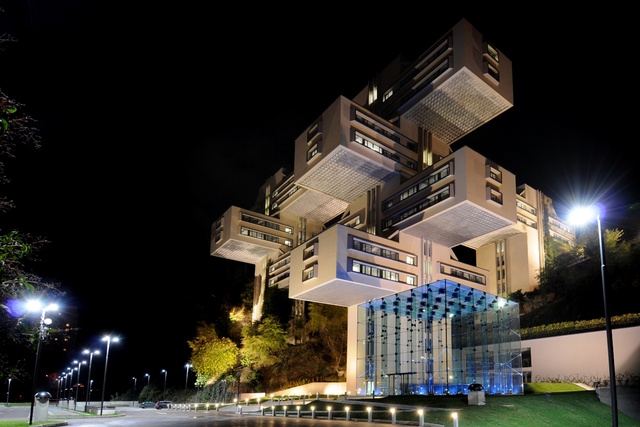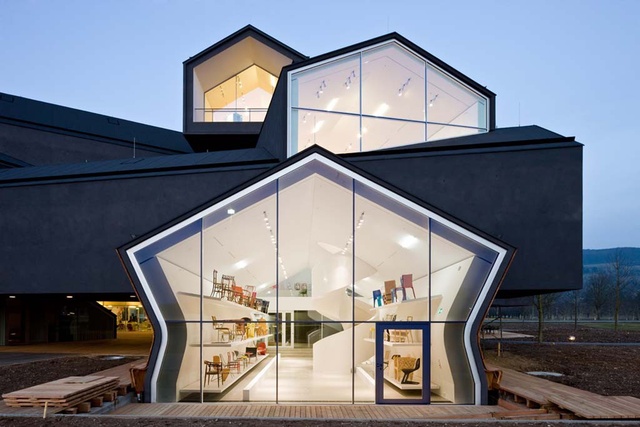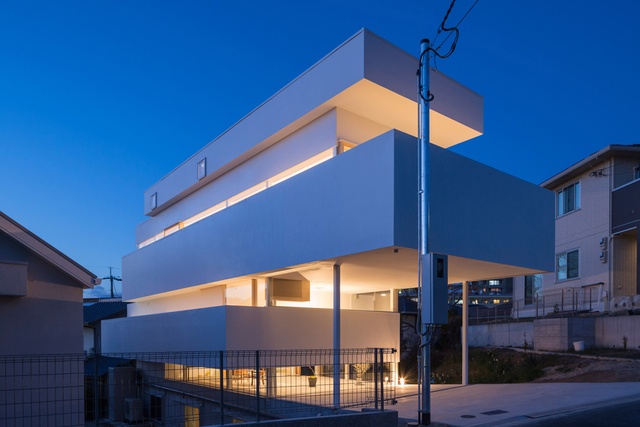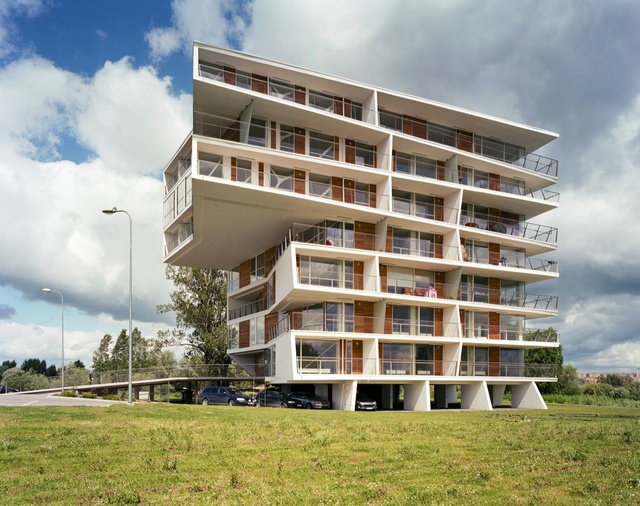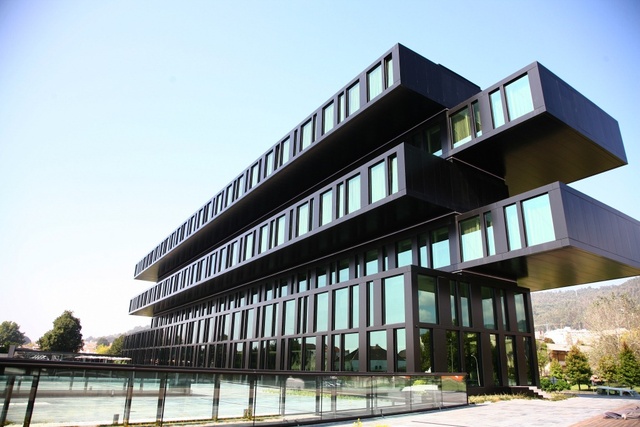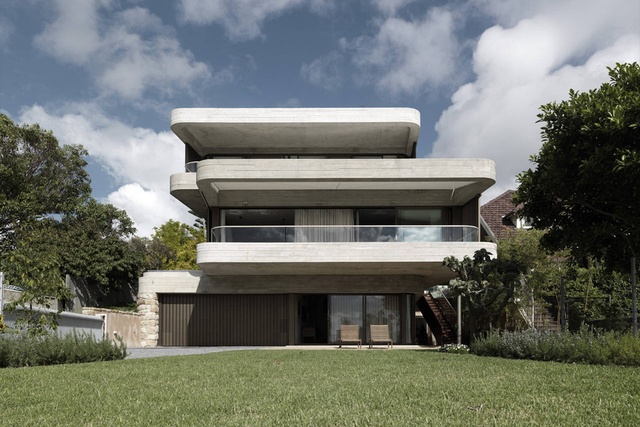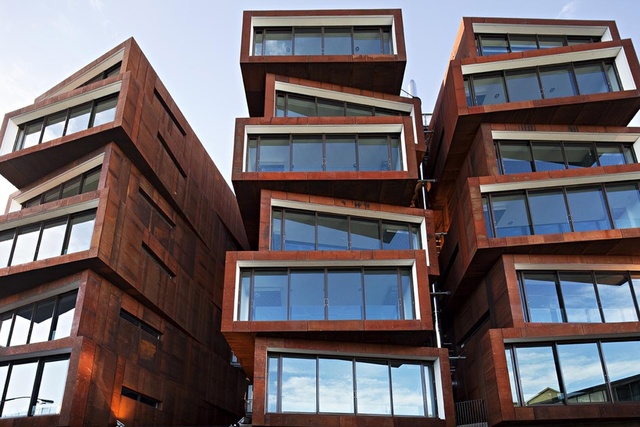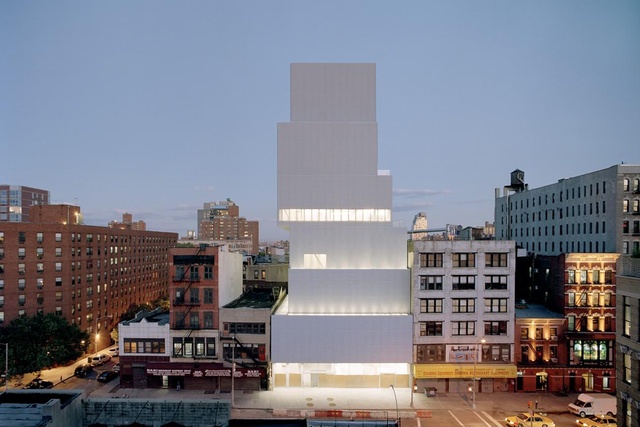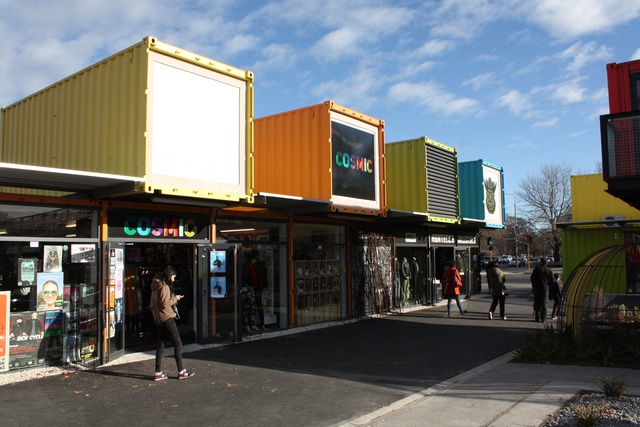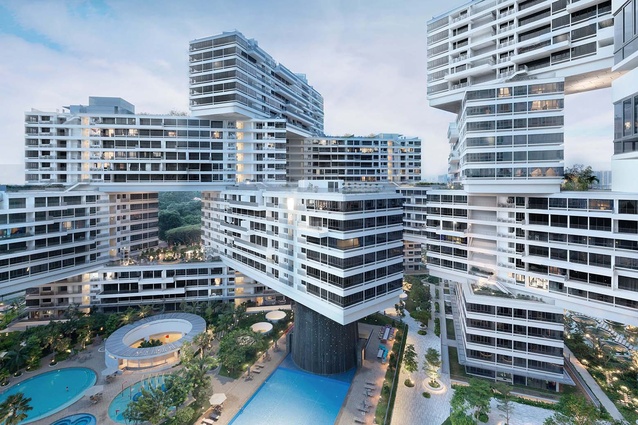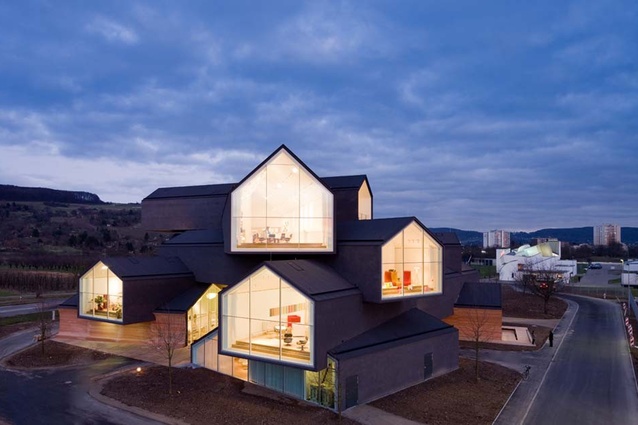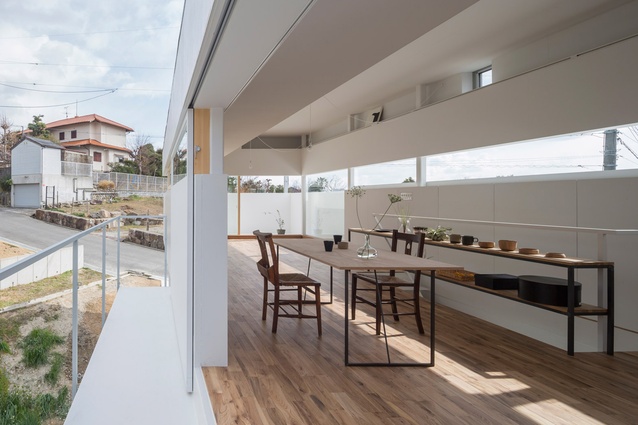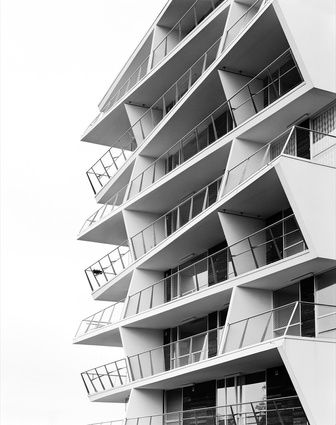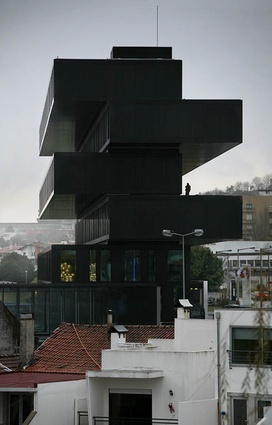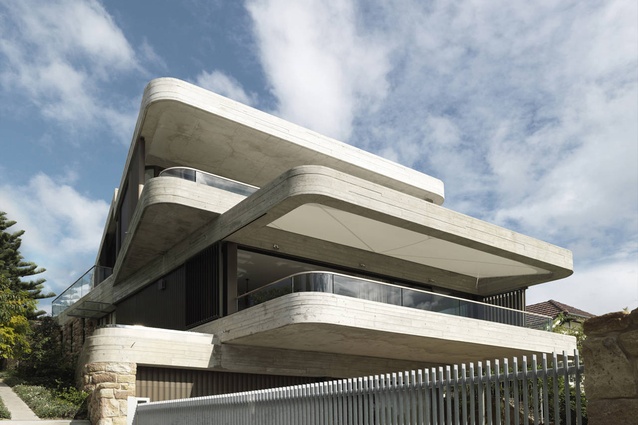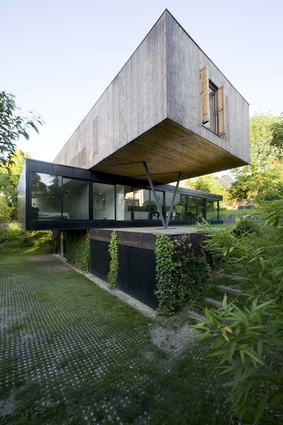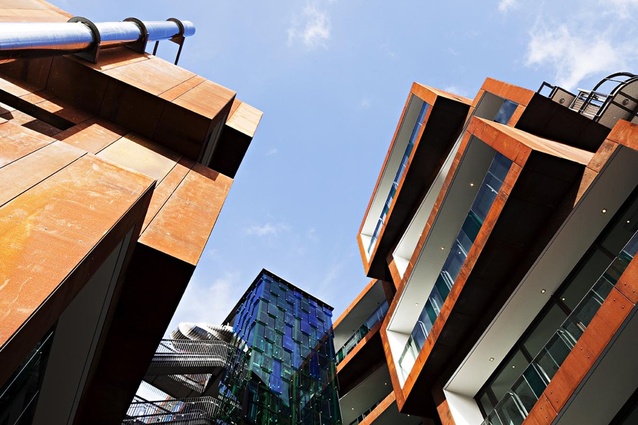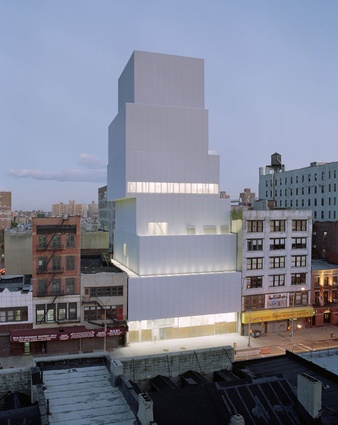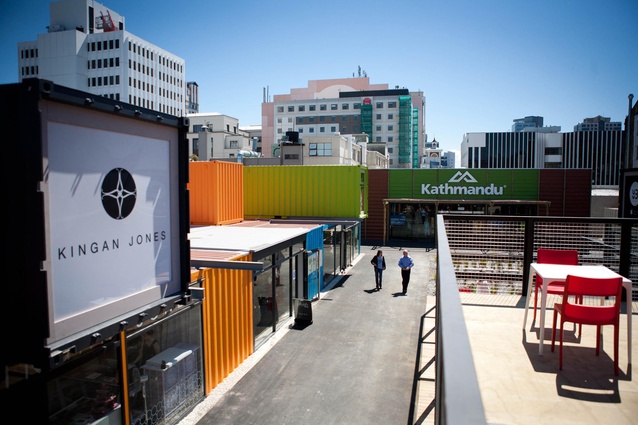Building blocks
Cited by the judges as “an example of bold, contemporary architectural thinking”, the Interlace stacked housing scheme in Singapore won World Building of the Year at the 2015 World Architecture Festival, the highest honour bestowed upon a project.
Indeed, the rise of stacked architecture as an alternative building design shows no sign of slowing, with many of these boxy, blocky designs appearing more and more frequently, in both built projects and in plans for a range of typologies from hotels to individual residences.
The appeal of stacked architecture is evident. Architects can get a lot more out of a small building footprint by utilising cantilevers to create extensions and conserve space. A break from the traditional form of the orthogonal high rise, when used for apartment buildings the stacked design can create private nooks for a roof garden or terrace, and allow for a flow of fresh air and maximum natural light. The design also allows for the introduction of communal spaces in a way that a traditional apartment block can not.
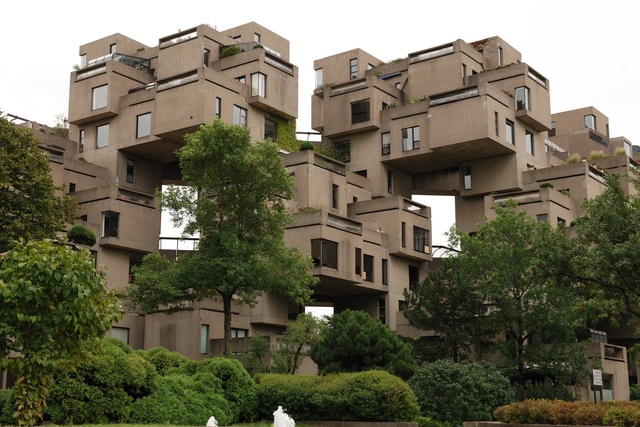
When used for a private residence, the complex associations created by the cantilevered blocks can create extensions to reveal selected parts of a home, while also introducing private spaces for various living typologies and different members of the family. The design maximises use of minimal space, allowing for a bigger house on a smaller plot of land and creating a more sustainable home.
Stacked architecture is, however, not an entirely new building configuration. The first design that utilised space in such a way was Habitat 67 in Montreal, built by architect Moshe Safdie, that explored a new pre-fabricated housing typology that could integrate the qualities of a suburban home into an urban high-rise.
Another successful example is the 18-storey ex-Ministry of Roads building in Georgia, built in 1975 by Giorgi Chakhava and Zurab Jalaghania, and often cited as one of the best examples of constructivism style. Today it houses the Bank of Georgia, and was renovated in 2011 with the addition of an 11 meter-high glass cube that serves as the main entrance and reception area.
With an acknowledged need for today’s architecture to address space constraints, create a sense of community and reduce the environmental footprint, stacked building design is unlikely to be disappearing any time soon.
